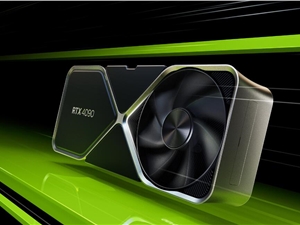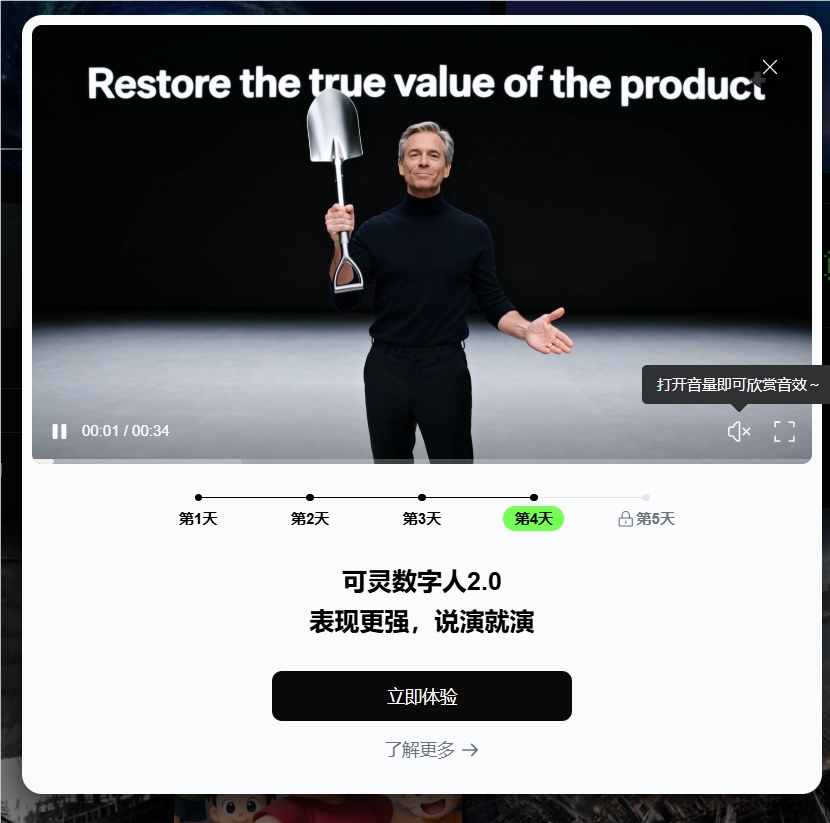In the wave of artificial intelligence, medical imaging technology has welcomed a new game-changer—MedSAM-2. This technology, based on the Segment Anything Model 2 (SAM2) framework, is opening new horizons for 2D and 3D medical image segmentation tasks.
The breakthrough of MedSAM-2 lies in its ability to treat medical images as video sequences, which not only enables it to handle three-dimensional images but also unlocks the innovative "One-prompt Segmentation" feature. This feature allows users to specify a target on a single image, and the model automatically identifies and segments the same type of object in all subsequent images, regardless of whether these images are continuous.

The innovations of MedSAM-2 include:
It adopts a video processing mindset, leveraging the intrinsic connections between image slices to enhance segmentation accuracy.
It possesses a one-click segmentation capability, simplifying the operation process, allowing users to achieve automatic segmentation with a single specification.
As a universal model, it can handle objects in any image, achieving zero-shot generalization and providing high flexibility in data processing.
In terms of performance, MedSAM-2 has demonstrated its superior capabilities in multiple benchmark tests. Compared to existing fully supervised segmentation models and SAM-based interactive models, MedSAM-2 has shown better performance in all tested methods, especially outstanding generalization ability in one-click segmentation settings.
The clinical application value of MedSAM-2 is significant. It not only improves the efficiency of medical image analysis but also ensures the accuracy of segmentation results, which is crucial for enhancing clinical diagnosis accuracy and guiding surgery.
The advent of MedSAM-2 marks a new milestone in medical image segmentation technology. With continuous development, MedSAM-2 is expected to demonstrate its powerful capabilities in more fields, bringing more possibilities to medical image analysis.
Paper link: https://arxiv.org/pdf/2408.00874









